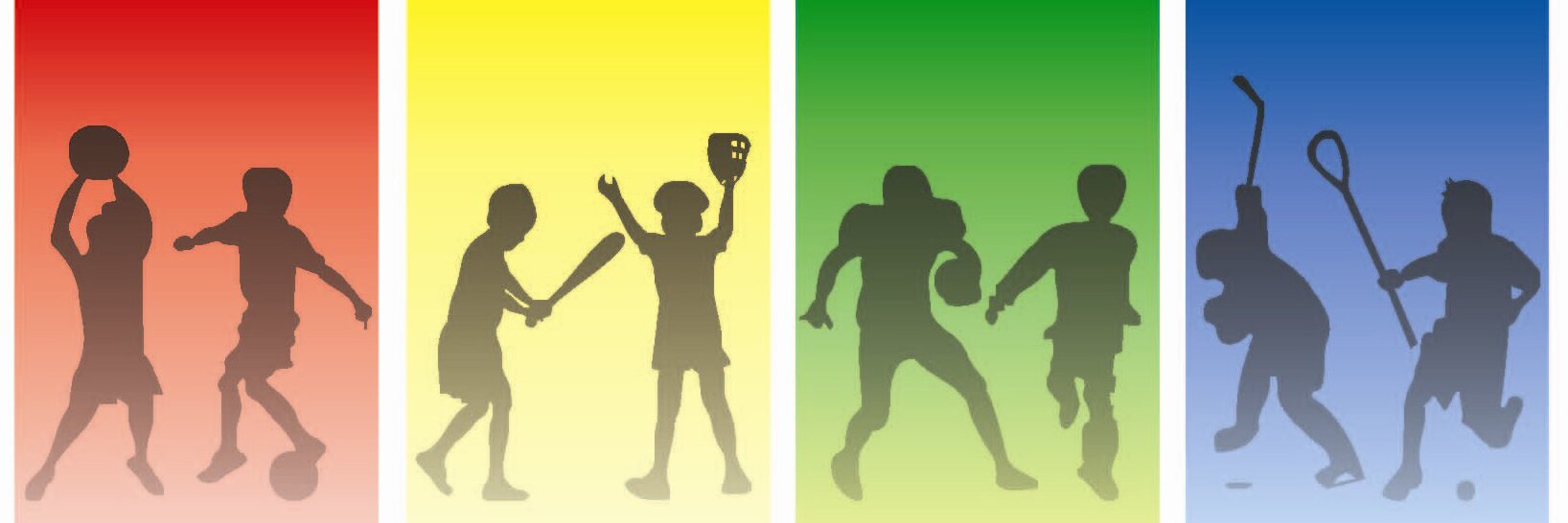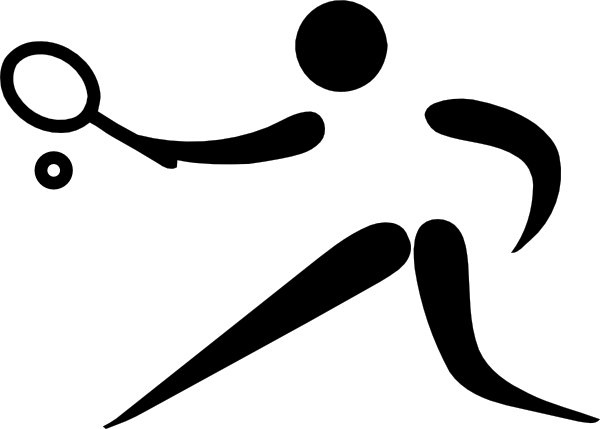Scanning In Soccer: Head-Up Habits And Timing
If you want to make smarter decisions on the soccer field, scanning is a skill you can't ignore. Lifting your head up, checking your surroundings, and timing those glances right can change how you play. It's not just about seeing the ball—it's about knowing what's happening everywhere else. But why do so many players miss this step, and what can you do to sharpen these habits for real impact?
The Importance of Scanning and Field Awareness
Awareness is crucial on the soccer field, influencing the ability to make effective decisions under pressure. Scanning the field enhances both field and situational awareness, facilitating the continuous gathering of information regarding teammates, opponents, and available spaces prior to receiving the ball.
Developing consistent scanning habits improves cognitive processing, allowing players to identify opportunities and execute passes with increased accuracy.
Research shows that professional players commonly utilize scanning techniques to anticipate developments in play. This practice enhances decision-making abilities and can minimize mental fatigue.
Increased scanning contributes to greater confidence among players and improves their capacity to respond quickly and accurately in various game situations. Consequently, fostering scanning skills can lead to improved overall performance on the field.
Common Reasons Players Struggle to Scan
Developing scanning habits is crucial for players, yet many experience difficulties maintaining consistent scanning in the fast-paced environment of the game. A common issue is that players may become overly focused on the ball, which can lead to neglecting the scanning process and missing key opportunities.
Additionally, mental fatigue often contributes to reduced situational awareness, particularly in high-pressure scenarios.
Effective scanning isn't an innate skill; it necessitates intentional practice and repetition. Players who don't regularly engage in scanning drills may find themselves hesitating or attempting to scan at inappropriate times.
Furthermore, relying solely on immediate visual cues can hinder a player's overall awareness, making it challenging to react promptly to dynamic developments on the field.
Building Strong Scanning Habits
To develop effective scanning habits during play, it's essential to engage in purposeful and consistent practice. Establishing strong scanning habits requires deliberate effort; utilizing training drills that encourage regular scanning, even under pressure, can be beneficial.
Implementing quick glances, akin to techniques used by elite players, helps create a mental map that enhances situational awareness. Incorporating visualization techniques prior to matches can further reinforce these scanning behaviors, facilitating a more automatic response during gameplay.
Regular exposure to game-like scenarios during training contributes to improving decision-making skills, particularly in executing successful passes and enhancing overall game intelligence. By focusing on these habits, players can increase their ability to identify opportunities and threats on the field before they become apparent to others.
Step-by-Step Strategies for Better Scanning
To improve scanning skills on the pitch, it's essential to practice pre-pass scanning consistently. This involves taking 2-3 quick glances before receiving the ball to create an accurate mental map of the surroundings.
Incorporating visualization techniques, often used by elite players, can also be beneficial. This entails mentally rehearsing various scenarios that require frequent scanning in order to enhance awareness during actual gameplay.
Additionally, specific drills such as Cone Awareness Circles and Wall Passes with Shoulder Checks can be effective in increasing visual perception and situational awareness. Maintaining a practice routine that includes scanning every 3 seconds can further sharpen decision-making skills on the field.
Research shows a direct correlation between the frequency of scanning and overall performance.
Thus, implementing these strategies is important for players seeking to enhance their scanning abilities and overall game performance.
Performance Benefits of Effective Scanning
Developing effective scanning habits during practice can lead to significant performance improvements in matches. By increasing the frequency of scanning, players can enhance their decision-making abilities and situational awareness. This skill allows them to identify passing lanes more effectively and anticipate the movements of opponents.
Studies indicate that players who engage in more frequent scanning exhibit higher passing accuracy, with completion rates reportedly increasing from approximately 60% to over 80%.
Consistent practice focused on the development of scanning habits has shown to yield measurable performance enhancements, as evidenced in youth academies.
Moreover, improved scanning capabilities provide players with strategic advantages, enabling them to better navigate gameplay and make informed decisions during every phase of play.
Insights From Elite Players and Practical Training Tools
Scanning is a fundamental aspect of success for players on the pitch, and professionals such as Lionel Messi and Frank Lampard exemplify its advanced application, continually gathering information prior to receiving the ball.
Elite athletes enhance their situational awareness through frequent and rapid scanning, which has been correlated with improved decision-making and higher pass completion rates.
Training tools, such as the ROXPro, facilitate the practice of head checks and scanning in conditions that replicate the demands of a game.
Specific drills, like Wall Pass with Shoulder Check, are designed to encourage players to time their scans effectively, which aids in anticipating plays, particularly under pressure.
Regular engagement in these practices has been shown to increase cognitive processing speed, enabling players to better read the field and respond swiftly to unfolding situations.
This training approach is critical in distinguishing elite players from their peers.
Conclusion
If you want to raise your game, you’ve got to make scanning a regular part of how you play. Keeping your head up and glancing around lets you read the field, pick smarter passes, and react faster. Those quick checks really do make all the difference. Start building these habits every time you train—before you know it, you’ll play sharper, spot more options, and get that edge every coach and teammate looks for.



